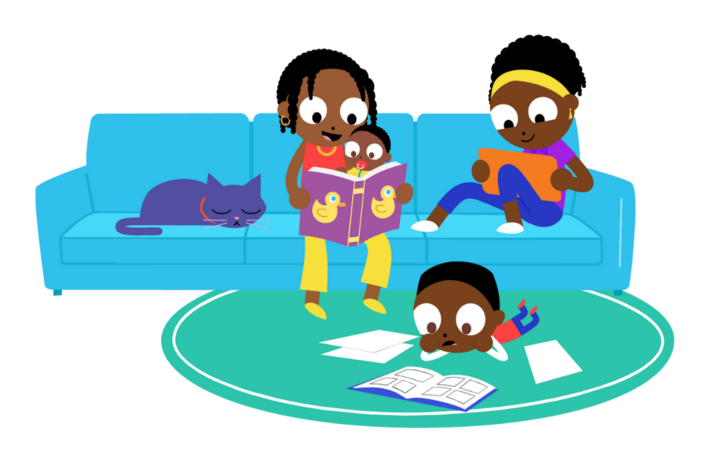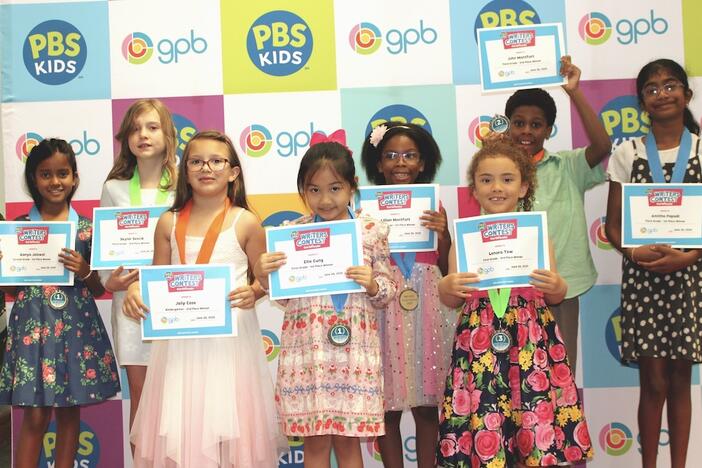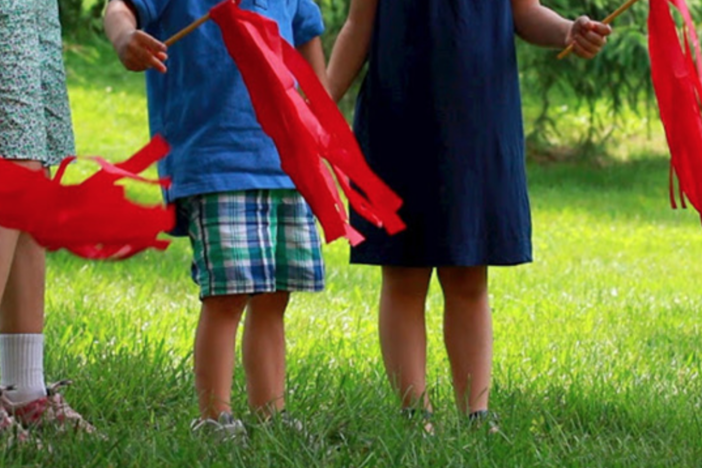
Section Branding
Header Content
9 Out Of This World Resources For National Space Day
Primary Content

Here's a quick question for you: how many planets are there in our solar system? Did you use the pneumonic you were taught? Great. Given that Pluto is off the table, that leaves eight. Now here's a follow-up: how many planets outside of our solar system, or exoplanets, have been confirmed to exist by researchers? With a little bit of internet investigating, you should find the number to be nearly 4,400! Sorta changes the way you look at things, huh? To better understand space, we put together our favorite resources from the, ahem, PBS universe.
Bringing the Universe to America’s Classroom
Grades: K-12
WGBH in collaboration with NASA presents digital media resources you can use to teach topics in K–12 Earth and Space Science in four grade bands.
Ready Jet Go!
Grades: PK-3
In this collection, students will watch fun, educational video clips about the planet Earth as well as the eight major planets in our solar system and their distinguishing characteristics. Additional themes like space technology and physical science are also addressed.
NASA Planetary Sciences
Grades: 3-12
In these videos and interactives from NASA, explore the exciting discoveries from NASA missions about the planets, moons, and other objects in our solar system.
NOVA: Black Hole Apocalypse
Grades: 6-12
In this collection, you’ll find media resources that examine black holes and related topics—from stellar life cycles to the basics of spacetime. These resources help educators explore black holes and gravity in detail with their students and provide an up-close look at some groundbreaking discoveries.
NOVA Labs: Exoplanet
Grades: 6-12
Students will play the role of Moon-based "NOVAnauts" who are on a series of missions as part of a "Galactic Resettlement Team" to rehome several displaced alien life-form and master the same techniques scientists use to find and characterize exoplanets.
Space Time
Grades: 6-12
Join astrophysicist Matt O’Dowd on a journey through the deepest, darkest, coolest corners of the universe. Math, physics, and astronomy can’t get much bigger than this.
Physics Girl: Astrophysics
Grades: 6-12
In this series from PBS Digital Studios, Dianna shows us how the astrophysics works by using everyday experiments and questions to demonstrate basic (and sometimes, dangerously complex) scientific ideas.
It’s Okay to be Smart: Space
Grades: 6-12
Joe Hanson, Ph.D., a curious group of atoms in a very curious universe. Join me as I explore curiosity and illuminate the science behind… well, everything in space.
Crash Course: Astronomy
Grades: 9-12
Phil Plait (aka The Bad Astronomer) teaches you the astronomical observations we can make with the naked eye and expands out to cover the solar system, stars, galaxies, and the universe itself. The content is loosely based on an introductory university-level curriculum.
Follow GPB Education on Twitter and Facebook for more space science ideas and resources!
Here's a quick question for you: how many planets are there in our solar system? Did you use the pneumonic you were taught? Great. Given that Pluto is off the table, that leaves eight. Now here's a follow-up: how many planets outside of our solar system, or exoplanets, have been confirmed to exist by researchers? With a little bit of internet investigating, you should find the number to be nearly 4,400! Sorta changes the way you look at things, huh? To better understand space, we put together our favorite resources from the, ahem, PBS universe.





